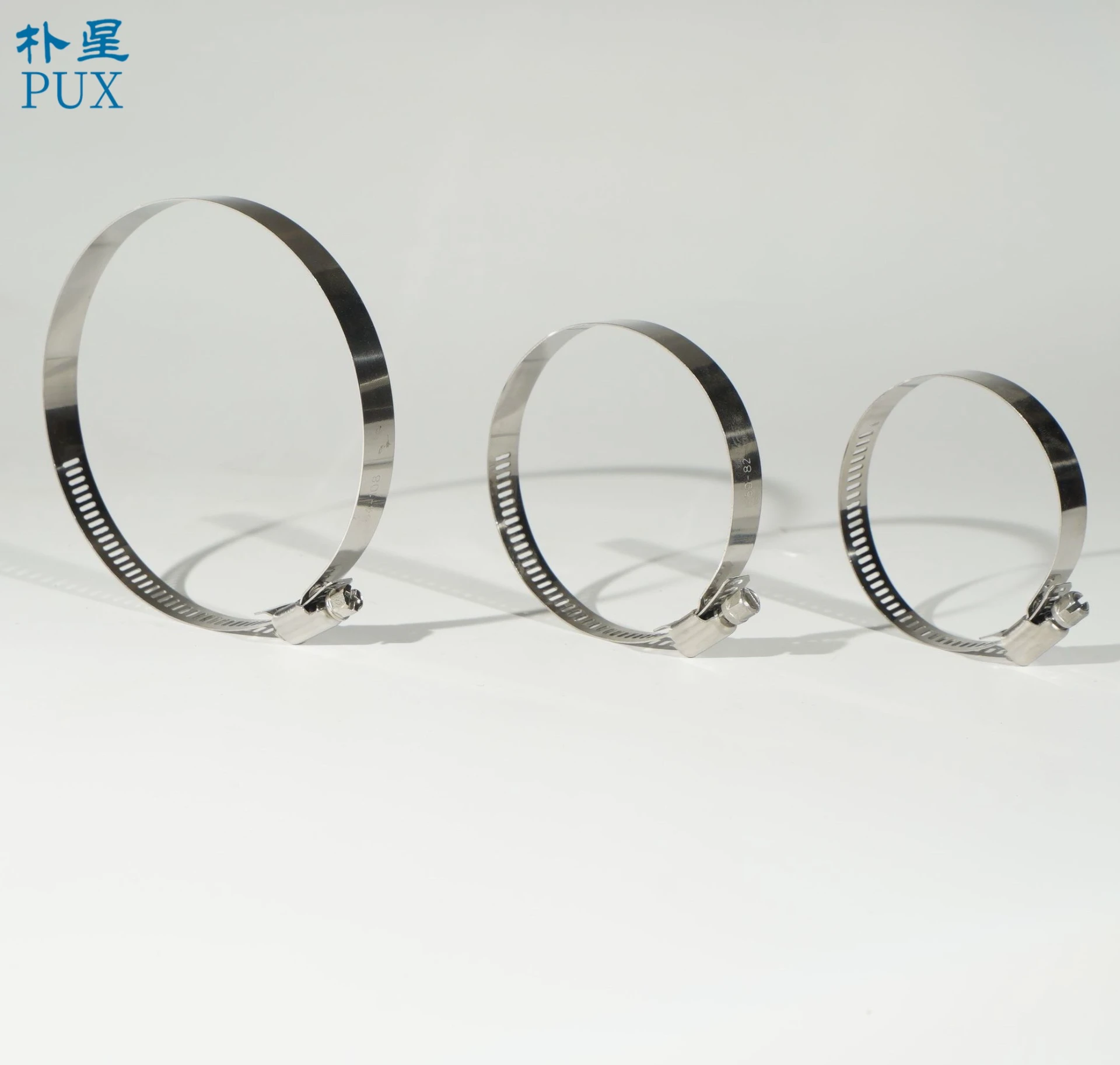- Phone:+86-17331948172 +86-0319-8862898
- E-mail: inquiry@puxingclamp.com
ጥቅም . 22, 2024 00:41 Back to list
Lower Radiator Hose Clamp Replacement Guide for Improved Vehicle Cooling System Performance
Understanding the Lower Radiator Hose Clamp Importance and Maintenance
A vehicle's cooling system is critical for its overall performance and longevity. One of the key components of this system is the radiator, which helps dissipate heat generated by the engine. The lower radiator hose plays an essential role in facilitating coolant flow between the engine and the radiator, ensuring that the engine operates within its optimal temperature range. To maintain the integrity of this system, a lower radiator hose clamp is crucial. In this article, we will explore the purpose, types, and maintenance of lower radiator hose clamps.
The Purpose of Lower Radiator Hose Clamps
Lower radiator hose clamps serve a fundamental function they secure the lower radiator hose to the engine and the radiator. By doing so, they ensure that the coolant remains contained within the hose, preventing leaks that could lead to overheating and potential engine damage. The effectiveness of a hose clamp directly affects the cooling system's ability to maintain the proper thermal balance, making it a vital component of vehicle maintenance.
Types of Lower Radiator Hose Clamps
There are several types of hose clamps commonly used in automotive applications, each with unique features and advantages
1. Screw-Type Clamps These are among the most widely used hose clamps. They consist of a band that wraps around the hose and a screw mechanism that tightens the band, creating a secure fit. Their adjustability makes them suitable for various hose sizes.
2. Spring Clamps Unlike screw-type clamps, spring clamps are made from a coiled steel spring that maintains constant pressure on the hose. They are beneficial in situations where vibration or movement may cause loosening.
3. Wire Clamps These clamps are made from stainless steel wire and are often used for low-pressure applications. They provide a lightweight and non-intrusive solution for securing hoses.
4. Pliers-Type Clamps These clamps are designed for easy installation and removal using special pliers. They are advantageous for accessing tight spaces in the engine compartment.
lower radiator hose clamp

Each type of clamp has its specific application depending on factors like vehicle design, hose material, and pressure requirements
.Maintenance of Lower Radiator Hose Clamps
Regular maintenance of the lower radiator hose clamp is essential to ensure the overall health of the vehicle's cooling system. Here are some key maintenance tips
1. Visual Inspection Periodically check the clamps for signs of corrosion, rust, or damage. Any deterioration can compromise their effectiveness. If you notice wear and tear, it is advisable to replace them promptly.
2. Check for Leaks Look for coolant leaks around the areas where the hose connects to the radiator and the engine. A wet or discolored area may indicate a failing clamp or hose.
3. Tightness Check Ensure that the clamps are adequately tightened without being over-tightened. Over-tightening can damage the hose, while inadequate tightness can lead to leaks.
4. Replace When Necessary If a hose clamp exhibits signs of inadequacy, such as slipping or not maintaining a secure grip, it should be replaced immediately to avoid further issues.
5. Consult a Professional When in doubt, it is best to consult a professional mechanic who can assess the condition of the hose and clamp and provide appropriate recommendations.
Conclusion
In summary, the lower radiator hose clamp is an essential component of a vehicle’s cooling system, playing a critical role in preventing coolant leaks and ensuring the engine operates efficiently. By understanding their purpose, types, and maintenance requirements, vehicle owners can help ensure the longevity of their coolant system, thereby enhancing the overall performance and reliability of their vehicle. Regular inspections and timely replacements of hose clamps can prevent costly repairs and extend the lifespan of the engine, highlighting the importance of this often-overlooked component.
-
Large Stainless Steel Adjustable American Type Hose Clamp - Hebei Pux Alloy | Corrosion Resistance, Adjustable Design
NewsAug.03,2025
-
Large Stainless Steel Adjustable American Type Hose Clamp - Hebei Pux Alloy Technology Co., Ltd | Corrosion Resistance, Adjustable Design
NewsAug.03,2025
-
Premium Stainless Steel Strip Coil | Durable & Rust-Resistant
NewsAug.03,2025
-
Large Stainless Steel Adjustable American Type Hose Clamp - Hebei Pux Alloy Technology Co., Ltd
NewsAug.03,2025
-
Large Stainless Steel Adjustable American Type Hose Clamp - Hebei Pux Alloy Technology Co., Ltd
NewsAug.02,2025
-
Large Stainless Steel Adjustable American Type Hose Clamp - Hebei Pux Alloy Technology Co., Ltd
NewsAug.02,2025




